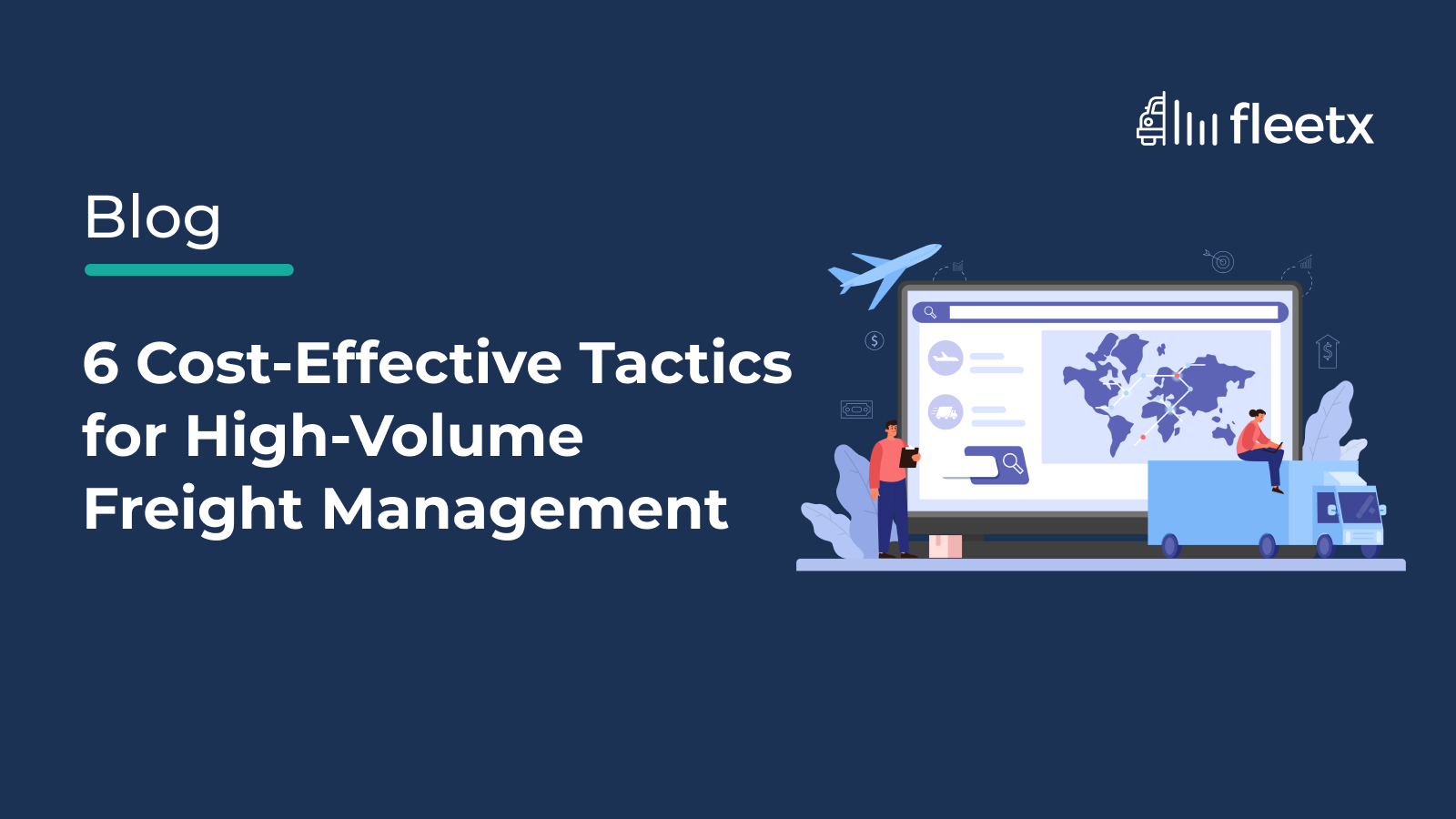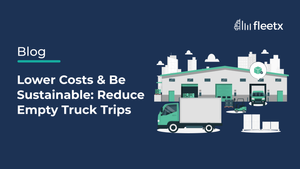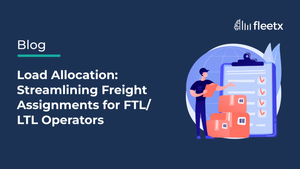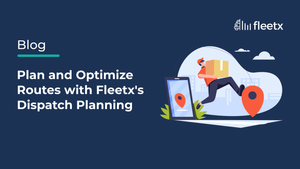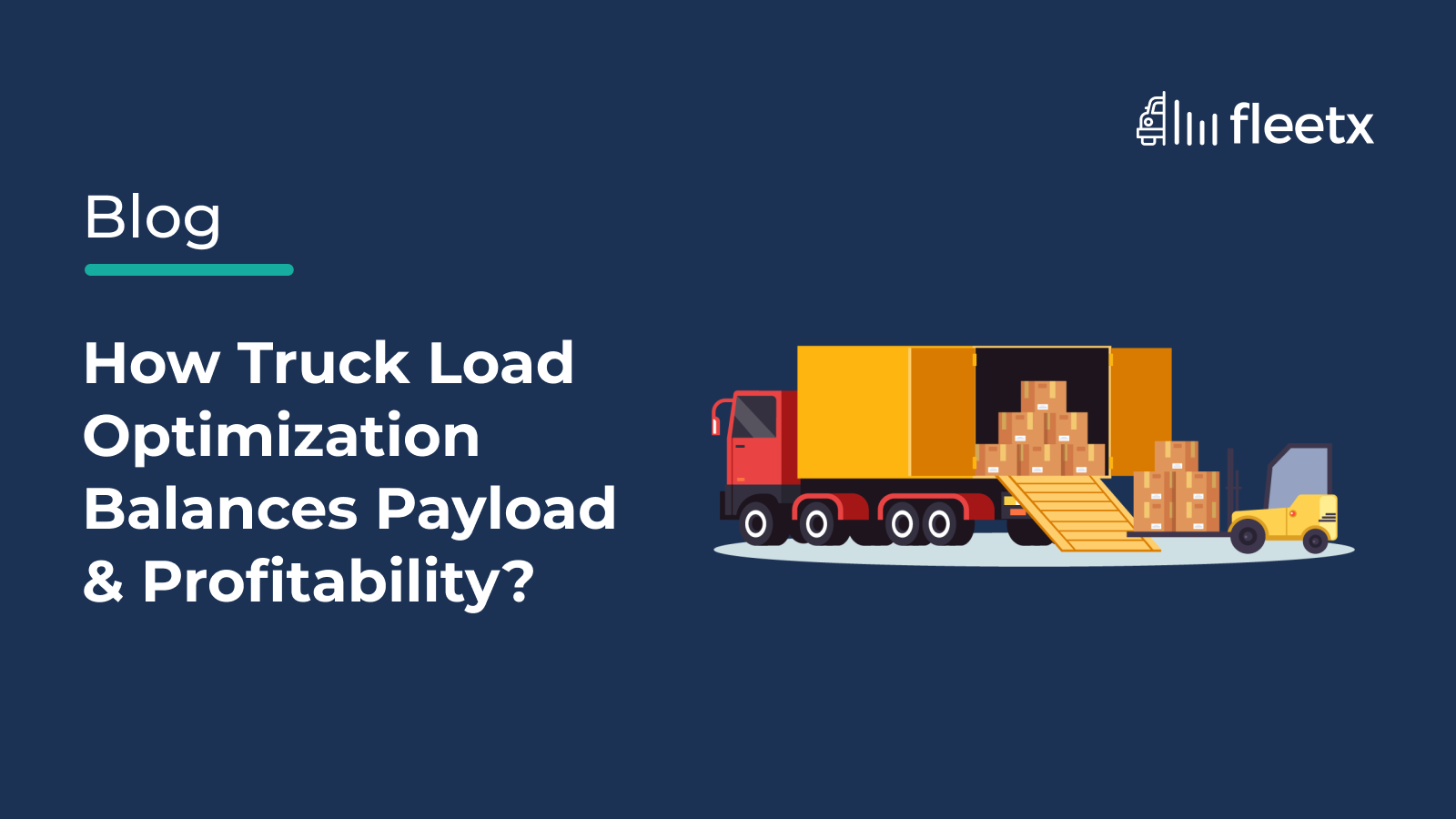
The Indian logistics scenario is undergoing a significant digital transformation and transportation companies are gradually incorporating these innovative solutions to address the long-standing challenges.
Balancing truck load capacity and contract rates has been one such challenging task for transporters. Optimizing truck payload is essential to enhance the efficiency and profitability of cargo transportation, and the expanding market of load-planning software is a promising sign.
What is the Importance of Payload Capacity?
Payload is the maximum cargo load that a truck can effectively carry, factoring in the weights of people, equipment, and anything else being carried on or within the vehicle. Several technical and safety tests are employed to determine the optimum weight a truck can transport.
Now, various transporters do not follow the capacity guidelines and stuff excess loads, endangering the safety of the people and the cargo being transported. The reasons why payload capability matters are:
Truck’s Lifespan: Overloading can affect different parts of the vehicle such as the frame, brake, tires, and more due to wear and tear, causing premature mechanical issues and higher maintenance costs.
Legal Compliance: Maintaining the payload weight limit plays an important role in following the on-road legal guidelines and avoiding fines and penalties.
Vehicle Control: Overloading makes the trucks vulnerable to crashes or breakdowns, compromising the safety of the people within and outside the vehicle.
Vehicle Performance: Excess load affects the truck’s performance in terms of wear and tear of components and fuel consumption.
Warranty Issues: Overloading can lead to premature wear and tear in several vehicle components that might affect the warranty status of those in case of a detailed investigation.
Factors Determining Truck Payload Volume
The key elements that determine the payload capacity in Indian trucks are:
- Gross Vehicle Weight Rating (GVWR)
- Suspension System
- Axle and Tires
- Engine Power and Torque
- Truck Frame and Chassis
The above elements can determine the quantity and condition of the payload being transported.
Role of AI and IoT in Optimizing Truck Load and Profitability
A truck load optimization software maximizes efficiency and profitability in logistics operations. Let’s take a closer look into how these systems function:
- 3D Load Optimization: Algorithm-based even distribution of cargo in the truck to reduce empty space while following the axle weight guidelines.
- Dynamic Load Adjustment: Factors the real-time weight shifts due to poor road conditions and turbulence.
- Route Optimization: Integrates with GPS data, tolls, weighbridges, etc. to reduce fuel usage and minimize travel time.
- Backhauling and Load Consolidation: Locates the opportunities to combine payloads and empty return trips.
- Reduction in Carbon Footprint: Load optimization for different categories of vehicles to reduce empty miles, resulting in fuel savings.
- Predictive Maintenance: IoT plays a significant role in monitoring real-time vehicle conditions, reducing breakdowns, minimizing downtime, and increasing vehicle longevity.
- Compliance Adherence: Automated transportation management systems enable adherence to loading regulations, ensuring compliance and safety.
- Analytical Fleet Management: Studies past trends to improve future load optimization efforts.
- Scalability and Flexibility: An AI-driven system grows with the growing business and can adapt to more complex operations and larger payload management.
Features of the Fleetx Load Optimization Software
The user-friendly Fleetx transport load builder enhances efficiency while reducing freight costs and optimizing load planning. The benefits include:
- Improved Stackability – The software enables smart load stacking based on the optimized weight distribution of the cargo.
- LIFO-Based Inventory Management – It enables cargo loading and unloading based on last-in-first-out (LIFO) inventory movement.
- Color-Coded Load Visualization – Load planning efforts become streamlined with real-time on-screen 3D plans.
- Sustainable Operations – The 3D load builder’s intelligent algorithm prioritizes route planning, reducing fuel wastage, and thus promoting environment-friendly practices.
Planning to Stay Ahead of the Curve?
Load optimization software plays a vital role in balancing payload capacity and maintaining competitive rates. By advancing efficiency and reducing costs, such tools enable truckers to improve their profitability and service standards.
However, the priority lies in the trucking company's eagerness to incorporate technology into its operations. A robust load optimization software, such as the 3D load builder from Fleetx, becomes a powerful tool to overcome the associated challenges, leading to more competitive and flourishing business operations.

